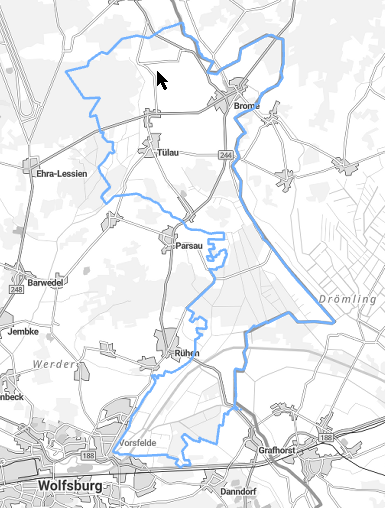Keyword
Biota
93 record(s)
Provided by
Type of resources
Available actions
Topics
Keywords
Contact for the resource
Update frequencies
Service types
From
1
-
10
/
93
-
-

-
Standorte der Schafhalter im Landkreis Diepholz
-
-
-
-
-
Standorte der Gehegewildhalter im Landkreis Diepholz
-
-
 www.geodatenkatalog.de (S3L)
www.geodatenkatalog.de (S3L)